When it comes to memory, vision trumps all other senses.
Did you catch that? If you associate an item with a picture, memory success jumps from 10% to 65%. It’s why I don’t tell stories and I don’t ask stories, I draw stories. And in my class we have approximately 3 key school supplies: something to draw with, something to draw on, and an authentic audience (though note: just because I “require” it doesn’t mean it always happens – remember I have no grades to use as leverage).
Visualized stories
So, whether the story is mine or not, as in the case with Robo en la noche and trying to figure out differences and similarities between Inés and Makenna, we map it out.
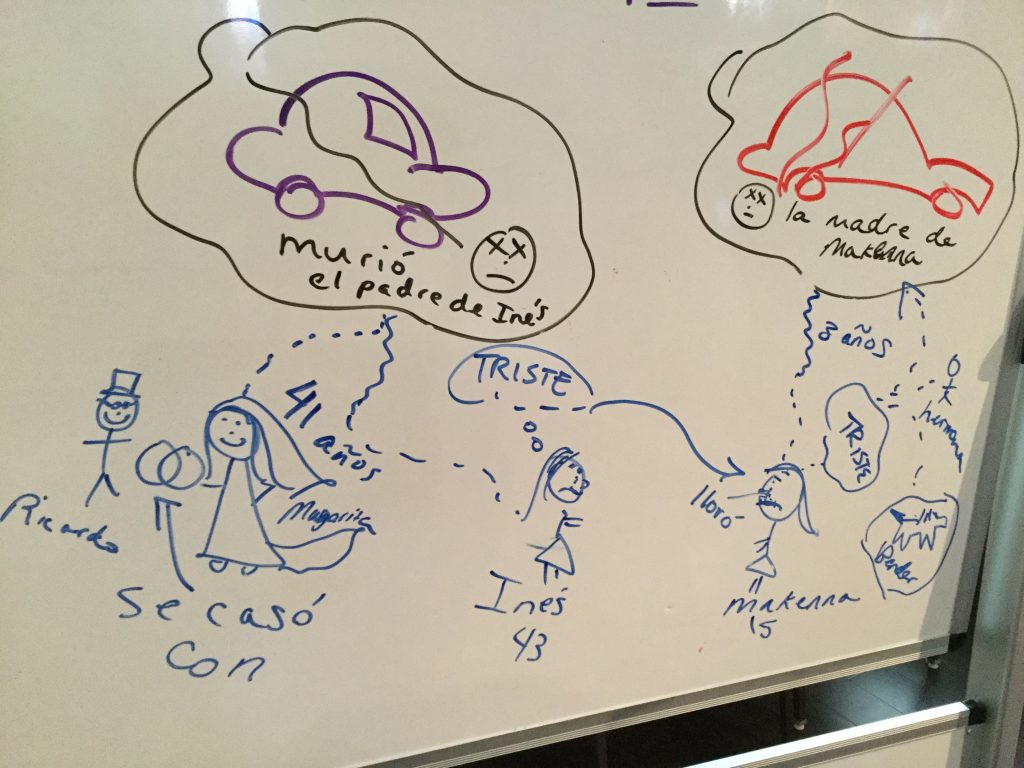
When it was time to figure out all these words describing the little birds Makenna met, we had to map that one too.

It occurred to me, we were mind mapping vocabulary.
Rewind.
Visualized vocab
It’s no secret that mind maps Make It Stick. (Related to language learning, see this article on mind mapping to help English language learners plan their writing.) So when my learners were struggling to come up with words that had been on our book vocabulary “list” for weeks, I knew it was because they weren’t doing anything with the words (I get it – this is why my Russian vocabulary is so low, still). It was time to try mind mapping.
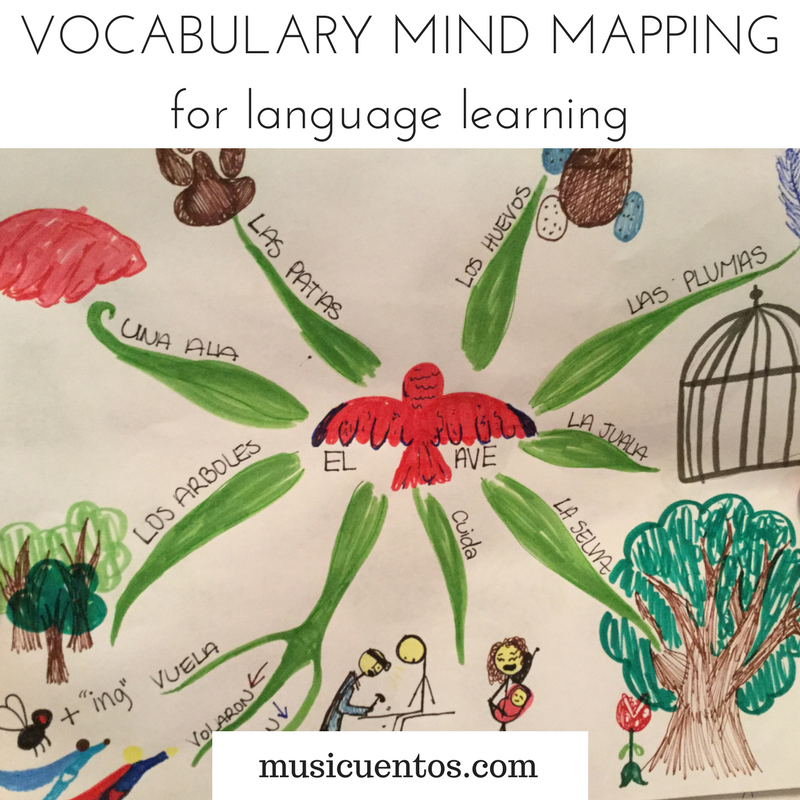
The problem was that the lists were too long, and the words were too disconnected. (You’re empathizing with their memory problems now, I can tell.) They needed a guide. I broke up the words into 4 categories and asked them to make a mind map titled as the category each day of the week leading up to our class on Friday.
The results were beautiful, but more importantly, they were memorable. See them below, and stay tuned for how a stations suggestion from FLANC ’17 further helped us associate pictures with words. (I know, patas is a little off.)
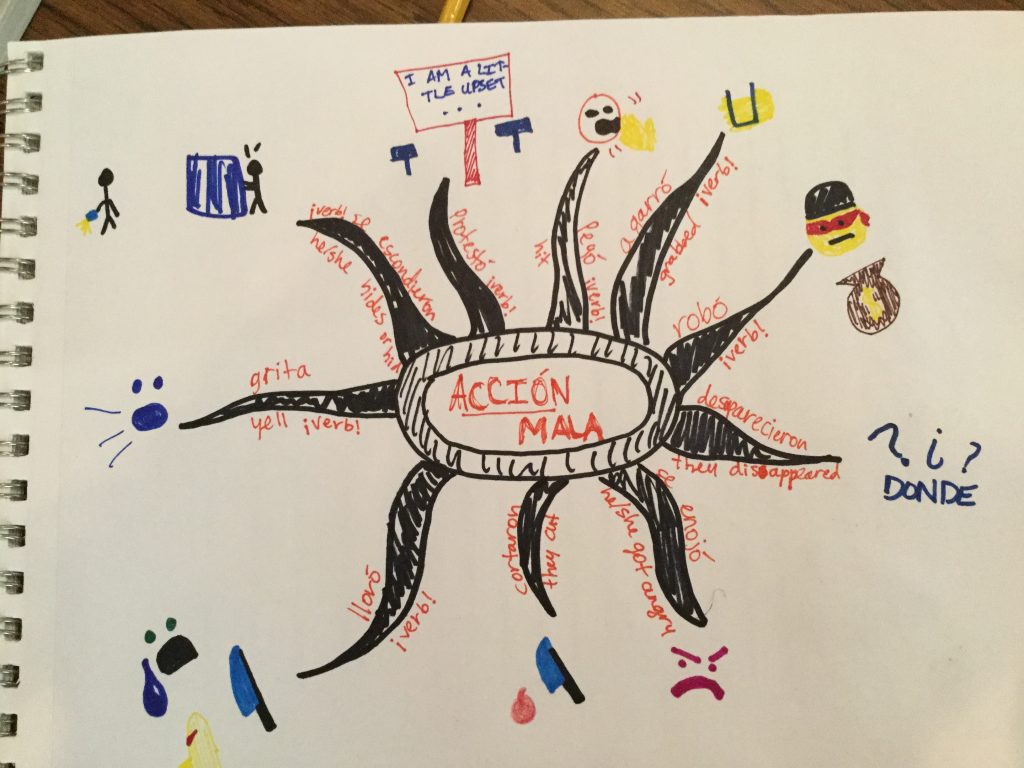
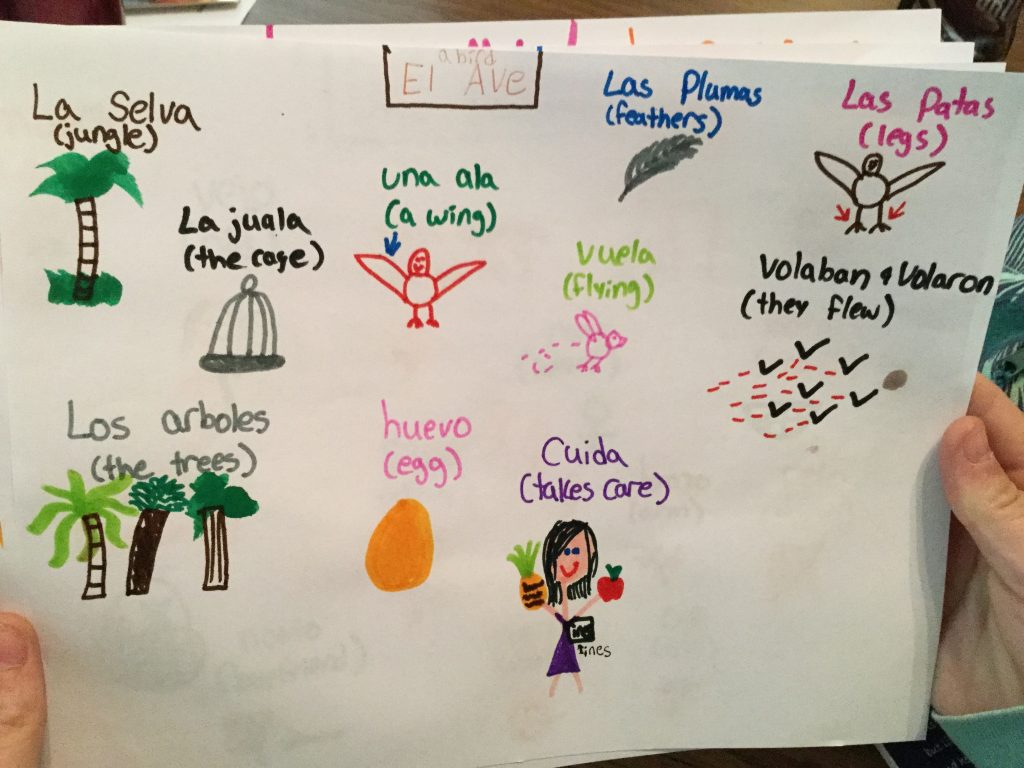
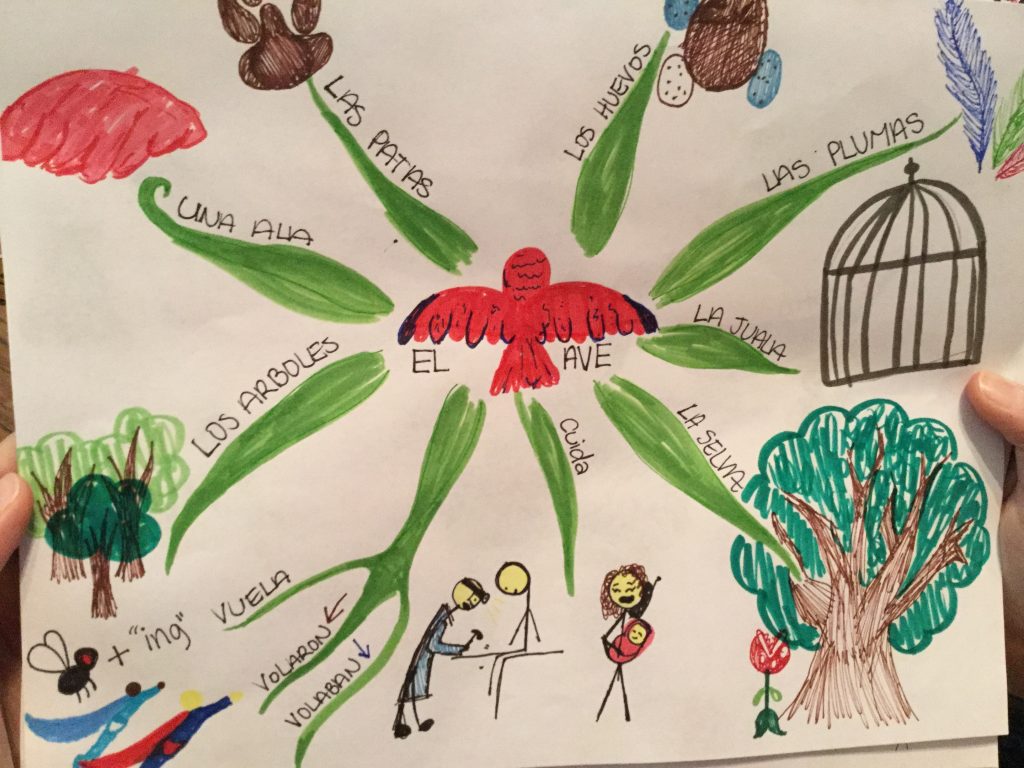
And this semester? We’re restarting Robo because last semester got too crazy to finish it without rushing, and we’re doing the whole semester around building a 5-day itinerary for a trip to Costa Rica. And I decided to try it without giving in to their wishes for vocabulary. Even when I gave a list, they demanded Quizlets. So, I’m just going to give them other people’s Quizlets and call it good. We’ll see how everyone’s vocabulary development turns out!
4 Comments
Comments are closed.
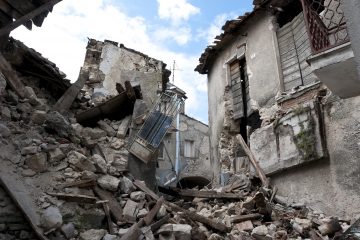


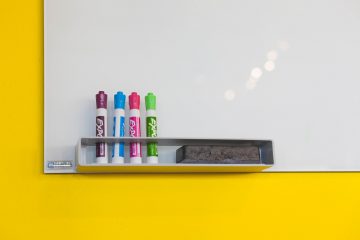
Thank you for this article, Sarah-Elizabeth. Mind mapping is such a great tool. I appreciate how you showed us so many examples. You’re also correct that mind mapping is so powerful for ELs because of its visual aspect.
[…] chapter 7, I had students create a mind map of key words associated with pirates. I used Sara-Elizabeth’s example as a guide. I provided white paper for them to write a word, draw a picture and include a […]
[…] Vocabulary (or plot) mind mapping: I blogged it last semester here. […]
[…] similar with vocabulary from a unit. Sara-Elizabeth used this last year with her students for Robo en la noche. Although you cannot include visuals, it would still be […]